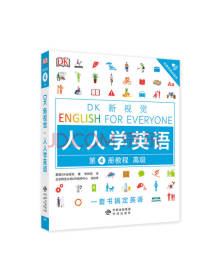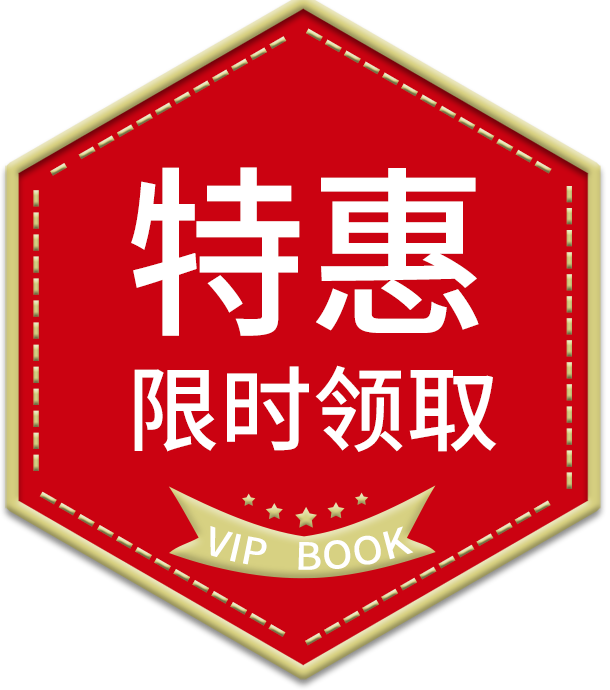类似推荐
内容简介
《学术交流英语教程(第2版)》是南京大学非英语专业博士研究生英语教学改革的核心成果,适合作为研究生英语学习课程中学术交流英语的教材或读本,将学术写作规范、要求等进行了很好的梳理,配有大量的例子并分析,使学生能更直观地了解学术写作的要求,每章后均配适量的习题,巩固所学内容和重点。
《学术交流英语教程(第2版)》既可作博士生英语课程的教材,亦可供有志于从事国际学术交流的学者阅读与使用。
《学术交流英语教程(第2版)》紧密结合南京大学博士生英语教学实践,已被多届博士生采用,是目前国内使用非常广泛的博士生英语教材。
章节目录
Part Ⅰ Correspondence for Academic Communication
Unit Ⅰ Introduction to conventional Letter Writing
1.1.1 Styles of Format and Punctuation
1.1.2 Necessary Parts of a Formal Letter
1.1.3 Optional Parts of a Letter
1.1.4 Stationery and Envelope
1.1.5 Sample Letters with Common Formats
Unit Ⅱ Introduction to Email Writing
1.2.1 Email Format
1.2.2 Subject Heading
1.2.3 Salutations and the Body
1.2.4 Closing and the Signature Section
1.2.5 Quotes of Previous Messages and File Attachments
Unit Ⅲ Correspondence for Different Academic Purposes
1.3.1 Letters for Academic Visits and Cooperation
1.3.2 Letters for Visiting or Research Positions
1.3.3 Letters for Copyright Matters
Part Ⅱ International Conference
Unit ⅠSources for Conference Information
2.1.1 Internet Search Engines and Special Websites
2.1.2 Membership of Professional Organizations, Professional Journals and Conference Literature
2.1.3 Correspondence Relating to Conference Information
2.1.4 Correspondence for Membership of Academic Associations and Societies
Unit Ⅱ Papers, Abstracts and Posters Submitted to Conferences
2.2.1 Conference Paper and/or Abstract
2.2.2 Poster
2.2.3 Review and Acceptance of Conference Paper and/or Abstract
2.2.4 Correspondence about Paper/Abstract Submitted to a Conference
Unit Ⅲ Financial Assistance for Attending Conferences
2.3.1 Membership and Studentship
2.3.2 Funds from the Conference Sponsor
2.3.3 Awards
2.3.4 Correspondence about Expenses for Conference Attendance
Unit Ⅳ Conference Organizers and Session Modes
2, 4.1 Organizers and Committees
2.4.2 Session Modes
2.4.3 Session Format
Unit Ⅴ Attendance and Culture Considerations
2.5.1 Culture Considerations and Manners
2.5.2 Miscellaneous Information for Attendance
2.5.3 Correspondence for Invitation and Reply, and Thank—You Letter after a Conference
Unit Ⅵ Chairing, Opening and Closing Remarks
2.6.1 Responsibilities and Manners of Meeting Chairs
2.6.2 Sample Remarks for Chairing a Meeting
2.6.3 Samples of Opening Remarks
2.6.4 Samples of Closing Remarks
Unit Ⅶ Effective Presentation
2.7.1 Writing Script for Oral Presentation
2.7.2 Sentences and Transitional Words for Oral Presentation
2.7.3 Preparing Visual Aids for Oral Presentation
2.7.4 Do's and Don'ts for Delivering an Effective Presentation
2.7.5 Rules for Reading a Manuscript
2.7.6 Sample Sentences for Opening, Developing and Closing a Presentation
Unit Ⅷ Question and Answer Session
2.8.1 Planning and Handling the Q & A
2.8.2 Sample Remarks for Inviting and Asking Questions at a Q & A
2.8.3 Sample Remarks for Answering and Declining Questions at a Q&A
2.8.4 Q&A Do's and Don'ts
Part Ⅲ Journal Paper Publishing
Unit Ⅰ General Guides for Journal Paper Submission
3.1.1 General Requirements for Journal Paper Submission
3.1.2 Manuscript Formatting Guide and Paper Template
3.1.3 Correspondence about Submitting a Journal Paper and Acknowledging Receipt
Unit Ⅱ Reviewing Process of a Journal Paper
3.2.1 Peer Review Policy
3.2.2 Result of Review and Referees' Comments
3.2.3 Correspondence about Review and Modification
Unit Ⅲ Acceptance and Copyright of a Journal Paper
3.3.1 Acceptance and Copyright Transfer
3.3.2 Correspondence about Acceptance and Copyright
Unit Ⅳ Academic Ethics and Paper Retraction
3.4.1 Academic Ethics and Misconduct
3.4.2 Sample Letters for Retraction Request
Part Ⅳ Academic Writing
Unit Ⅰ Writing in Natural Sciences and Engineering
4.1.1 Organizing the Text
4.1.2 Polishing the Language
4.1.3 Documenting the Sources
Unit Ⅱ Writing in Humanities and Social Sciences
4.2.1 Organizing the Text
4.2.2 Polishing the Language
4.2.3 Documenting the Sources
References
学术交流英语教程(第2版)是2014年由南京大学出版社出版,作者从丛。
得书感谢您对《学术交流英语教程(第2版)》关注和支持,如本书内容有不良信息或侵权等情形的,请联系本网站。

















